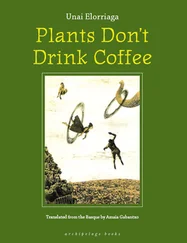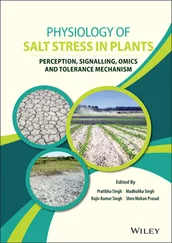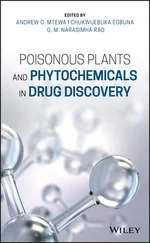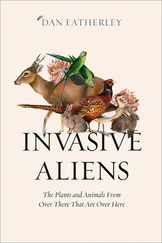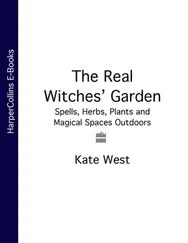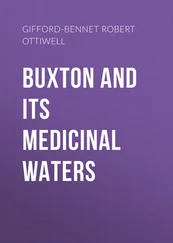Normally the secondary metabolites of medicinal importance are obtained from their respective plants by growing in the open fields or in green houses. The secondary metabolites extracted from the plant tissues but day by day, so many plant species are getting extinct. Similarly, the relative yield of secondary metabolites from plants is also low. In this context, the cell culture techniques may be explored as an alternative source for increasing the productivity of secondary metabolites (Kirakosyan and Kaufman 2002). The plant cell culture technology is more economically feasible in production of high-value secondary metabolites (paclitaxel, shikonin, atropine, etc.) from rare and/or threatened plants. The formation of valuable products in callus cultures can be optimized by developing suitable bioreactor configurations (e.g. disposable reactors) and the optimization of bioreactor culture environments for improvement yields and bioreactor operational modes (Georgiev et al. 2009). The hairy roots are developed by infection of wounded plants with Agrobacterium rhizogenes , which causes neoplastic growth by culturing transformed roots in hormone-free culture medium. The hairy roots produce higher amounts of valuable product than control roots (Pistelli et al. 2010). The accumulation of polysaccharides and phenolic compounds was threefold higher in hairy transformed roots of Echinacea purpurea than non-transformed roots (Wang et al. 2006). By application of genetic engineering, the Atropa belladonna plants were transformed to encode the enzymes converting L-hyoscyamine into L-scopolamine, and new plants were generated, which produced scopolamine as the major product (Liu et al. 2010; Zhang et al. 2004). Several research papers have already been published on genetic engineering of pharmaceutically important tropane alkaloids (Oksman-Caldentey and Arroo 2000). Therefore, plant cell manipulations can be used efficiently used in increasing the productivity of valuable secondary metabolites.
Part 2 Ethomedicinal and Pharmacological Properties, Chemical Structures, Culture Conditions of Secondary Metabolites
2.1 Abutilon Species
2.1.1 Ethnopharmacological Properties and Phytochemistry
Abutilon indicum L. (Fam. – Malvaceae) aerial parts and roots have been used for treating inflammations, ulcer, diarrhea, pains, stomach ailments, diabetes, and wounds (Jayaweera 2006; Khare 2010; Ushakumari et al. 2012). Traditional practitioners used the plant to treat diseases like gout, tuberculosis, ulcer, jaundice, leprosy, gonorrhea, bronchitis, lumbago malarial fever, piles, dental problems, and other bleeding disorders (Algesaboopathi 1994; Yoganarsimha 2000; Muthu et al. 2006; Nisha and Rajeshkumar 2010). The grounded leaves of this plant species mixed with wheat flour are used for treating uterus in Indian system of medicine (Mohapatra and Sahoo 2008). There are reports of topical application of leaf paste on the spot of scorpion bite to relieve pain (Dinesh et al. 2013). Flowers of this plant are used by tribal population in Southern India to increase the concentration of semen in men (Ramachandran 2008). Abutilon indicum is found in tropical and subtropical regions of India–China and has therapeutic uses as febrifuge, anthelmintic, antiemetic, and anti-inflammatory and in urinary and uterine discharges, piles, and lumbago (Nadkarni 1954; Chopra et al. 1958; Subramanian and Nair 1972; Badami, et al. 1975; Gaind and Chopra 1976). Seeds are used in a decoction to treat cough (Yasmin et al. 2008). Ethyl acetate fraction of Abutilon grandiflorum showed antimalarial activity (Beha et al. 2004). A. indicum demonstrated hypoglycemic (Seetharam et al. 2002), anxiolytic (Tirumalasetty et al. 2011), antiulcer (Malgi et al. 2009), hepatoprotective (Porchezhian and Ansari 2005), antimicrobial (Poonkothai 2006; Edupuganti et al. 2015), anticonvulsant (Golwala et al. 2010), antidiarrheal (Chandrashekhar et al. 2004), antioxidant (Yasmin et al. 2010), antimicrobial, and anti-inflammatory (Tripathi et al. 2012; Kaladhar et al. 2014) activities (Abat et al. 2017).
Gossyptin-7-glucoside, cyanidin-3-rutinoside, alantolactone and isoalantolactone, gossypetin-8-glucoside (Subramanian and Nair 1972; Sharma and Ahmad 1989), β-sitosterol, fatty acid esters of stearic and palmitic acid and flavonoids (Yasmin et al. 2008), β-amyrin 3-palmitate, squalene, β-sitosterol and stigmasterol (Macabeo and Lee 2014), fumaric acid, caryophyllene, caryophyllene oxide, geraniol, elemene, methyl indole-3-carboxylate, hinesol, cubenol, phytol, γ-sitosterol, lupeol, palmitic acid, 1-lycoperodine, 1-methoxycarbonyl-β-carboline, tetracontane, n -tetracosane, 3-hydroxy-β-damascone, 3-hydroxy-β-ionol, scopoletin, scoparone, methyl coumarate, trans - p -coumaric acid, abutilon A, quercetin, eugenol (4-allyl-2-methoxyphenol), syringic acid, benzoic acid, vanillic acid, gallic acid, N -feruloyl tyrosine, caffeic acid, p -β-D-glucosyloxybenzoic acid, 4-hydroxy-3-methoxy- trans -cinnamic acid methyl ester, methyl caffeate, p -hydroxybenzaldehyde, vanillin, syringaldehyde, 4-hydroxyacetophenone, methylparaben, β-sitosterol, stigmasterol, ( R )- N -(10-methoxycarbonyl-20-phenylethyl)-4-hydroxybenzamide, p -β-D-glucosyloxybenzoic acid, p -hydroxybenzoic acid, and caffeic acid were identified from A. indicum (Gaind and Chopra 1976; Kuo et al. 2008; Pandey et al. 2011; Shanthi et al. 2011; Hussain et al. 2012; Khan et al. 2015). Similarly, pakistamide C has been isolated from the ethyl acetate-soluble fraction of the methanolic extract of Abutilon pakistanicum (Ali et al. 2014).










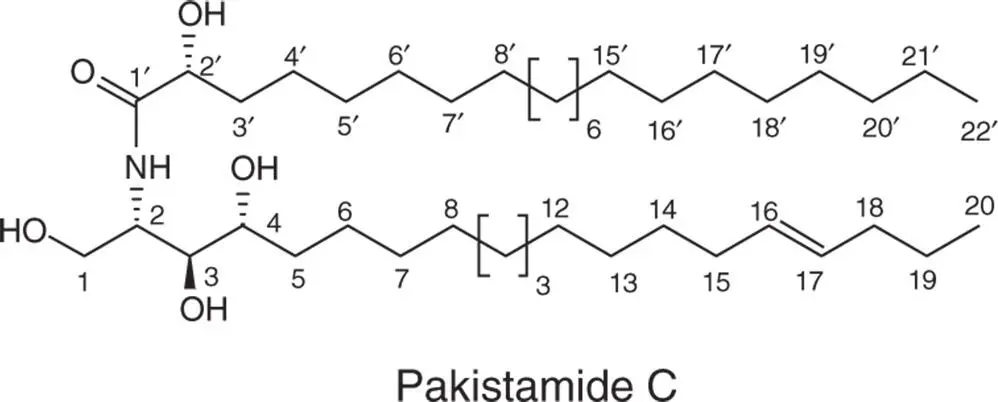
The presence of scopoletin and scoparone has showed a unique pattern of accumulation with higher levels of scopoletin during the earlier stages and scoparone in the later stages of development. The calli contained the highest amount of coumarins followed by regenerated plants developed via somatic embryogenesis (Rao et al. 2016). The callus cultures were induced on Murashige and Skoog (1962) medium supplemented with 2,4-Dichlorophenoxyacetic acid (2,4-D) and kinetin. Flavonoids were found in all callus extracts in comparison with their natural habitat plant parts at various habitats. The secondary metabolites of flavonoid and phenolic acid contents of A. indicum were studied at dissimilar habitats and in vitro callus culture extract. Among these studies, plants from hills and wet soil habitat showed maximum secondary metabolites than those in the other habitats (Selvam et al. 2012). The supplementation of phenylalanine to callus cultures of A. indicum showed threefold increase in quercetin content as compared with control (Sajjalaguddam and Paladugu 2015).
Читать дальше












